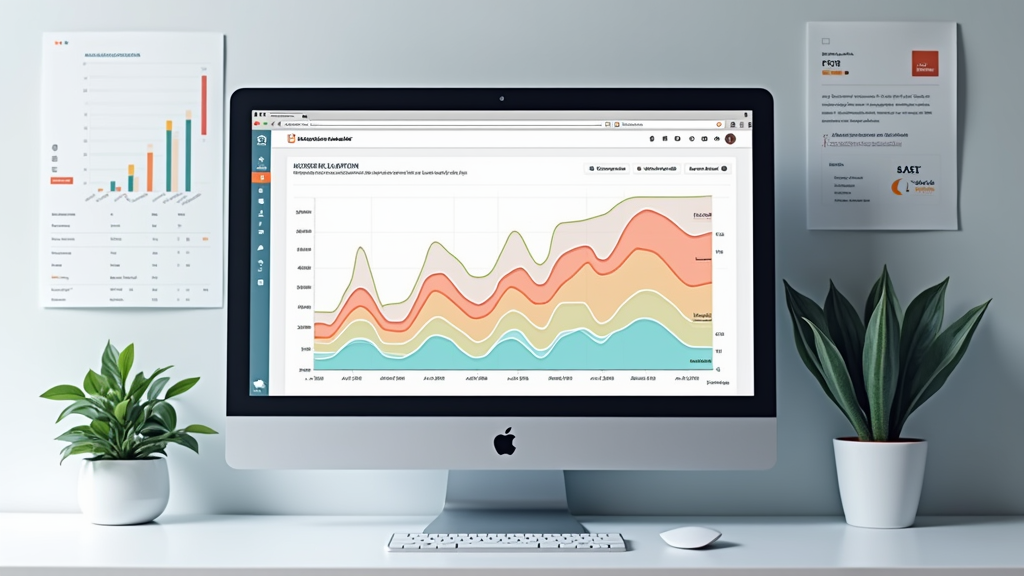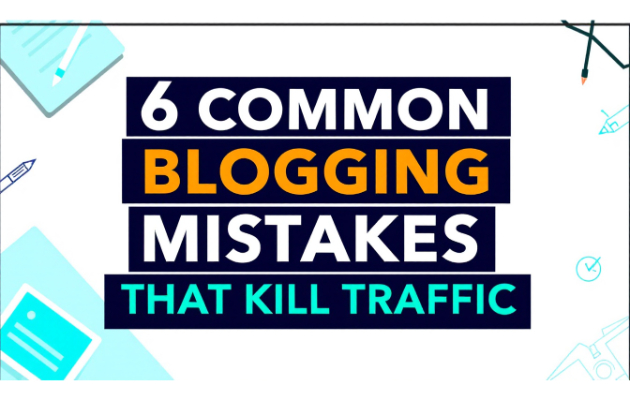
Serp Benchmarking
I have found that SERP benchmarking is a valuable method for understanding your website’s performance. By comparing how different pages rank for various keywords, I can identify which aspects of my site’s content are effective and which require improvement. In this article, I share my practical approach to SERP benchmarking. I explain each step in detail so that you can follow along and set up a process that suits your needs. Over time, this method has helped me identify critical performance gaps, and it has given me the confidence to improve my website’s presence in search engine results continually.
SERP Benchmarking Step-by-Step
- Pick Your Keywords
I begin the process by selecting the keywords that matter most to my website. These words or phrases represent the topics I cover and the specific terms my audience searches for. I choose keywords that are directly related to the products or services I offer. By carefully picking these terms, I can focus on ranking higher for what is truly important.
When I select keywords, I ask myself practical questions.
For example:
• Which search terms best describe my content?
• What words are my customers likely to use?
• Are there local variations or long-tail keywords that fit my niche?
Answering these questions helps me compile a solid list of keywords. I often use free online tools and my own research to gather ideas and trends. A well-thought-out keyword list forms the basis of reliable SERP benchmarking. I also spend time thinking about seasonal trends and upcoming events that might influence search behavior. This additional research not only strengthens my keyword list but also provides me with insights into potential future opportunities. The process of searching for these terms is both exciting and challenging, and it really lays the groundwork for everything that follows. - See Who’s Winning
After deciding on the keywords, I use them to search on Google. This step is about observing the current landscape. By typing in each keyword, I see which websites consistently appear on the first page of search results. I note the website names, page titles, and brief descriptions provided by the search engine. This overview gives me insight into who is currently performing well.
I sometimes write down my observations in a notebook or spreadsheet, especially when I see recurring names. It is a clear sign of who the main competitors are in a particular keyword segment. Additionally, I take a moment to reflect on why these websites might be scoring so well. Is it their long-standing reputation, outstanding content quality, or a user-friendly design? The answers to these questions help me get a sense of the marketplace.
This step lays a foundation for further investigation. When I see who is performing best, I know which content ideas or strategies might be working for them. It also helps me understand the competition without jumping too deep too quickly. I keep track of subtle details, such as headline formatting and meta description structure, to adjust my content strategy accordingly in the future.
- Check Out the Competition
Once I have a list of top websites for each keyword, I visit these pages to study them more closely. The goal here is to assess the strengths and weaknesses of competing content.
I ask myself a series of questions while reviewing these pages:
• Is the content lengthy and detailed, or concise and to the point?
• Does the page utilize visuals, such as images or videos, to clarify the subject?
• Does the content answer the critical questions a visitor might have?
• How clear is the writing style?
• What do the headlines and meta descriptions look like?
The answers provide clues on how I might improve my own approach. I compare the structure and quality of their content with mine. With this information, I can identify which aspects of my website need optimization or improvement. I usually jot down a list of the features I find on these pages to refer back to later when planning my updates. In some cases, I even spend extra time analyzing the design and user interface to identify visual or navigational improvements that could be made.
This evaluation not only highlights what is working for others but also inspires me to think creatively about my own content. For instance, if I notice that a competitor’s page uses interactive elements to keep readers engaged, I make a note to consider similar strategies. I also pay attention to the tone of voice used in successful pages; sometimes it is conversational, while other times it is more authoritative. This step is crucial because understanding these nuances allows me to make informed decisions when it comes time to revamp my site. - Spot the Gaps
After evaluating the competition, I look for missing pieces that may offer an advantage for my website. This involves identifying the gaps in content that my competitors have not covered. Sometimes, finding a gap can mean the difference between a page that ranks moderately well and one that truly stands out.
I consider these points while spotting gaps:
• Does the content lack updated statistics or current information?
• Is there a missing FAQ section that could answer additional questions?
• Do the pages offer engaging visuals or interactive elements?
• Are there opportunities to provide more practical tips or examples?
This step is all about understanding what I can contribute that others have not. I record each gap I stumble upon and later integrate these findings into my own content strategy. For example, if none of the competitor websites include personal case studies or detailed tutorials, that might be an opportunity to fill the gap with real-life examples and step-by-step instructions. I also pay attention to minor details, such as inconsistencies in the formatting of information or outdated links. Every little observation counts when it comes to improving the overall user experience.
In addition to addressing the concrete gaps, I also seek opportunities to incorporate variety and fresh perspectives. By offering content that is slightly different from what is currently available, I can attract a segment of users seeking new insights. This proactive approach has helped me not only capture search engine favor but also build a loyal audience who appreciates the extra effort I put into making my content both accurate and engaging. - Plan Your Moves
With the gathered insights, I now plan improvements for my website. I create a detailed list of adjustments and improvements based on the gaps I spotted. I aim to make my content clearer, more all-in-one, and more engaging than that of my competitors.
In planning, I consider steps such as:
• Revising the content to be more detailed and precise.
• Adding sections that answer common questions or include practical examples.
• Step up usability with supportive images or charts.
• Improving meta descriptions and headlines to attract clicks.
This planning stage is fundamental. I organize my ideas in a document or spreadsheet so that I can effectively monitor each change. I often break down my goals into weekly targets and monthly milestones. This structured approach not only keeps me organized but also helps me see the progression of improvements over time. Sometimes I even schedule brainstorming sessions with colleagues to get additional perspectives on how best to implement the changes.
Furthermore, I make it a point to revisit my plan periodically. Market trends and search algorithms are constantly evolving, and what works today may require adjustments tomorrow. As a result, I keep my plan flexible and open to revision. The act of planning itself reinforces my commitment to continuous improvement, ensuring that every decision is tied back to the insights gathered from thorough SERP benchmarking. - Track Everything
I always track progress once I implement new strategies and improvements. To achieve this, I create a simple spreadsheet where I record my current keyword rankings, traffic statistics, and notes on any changes made. This tracking system gives me a clear picture of performance over time. I also include annotations that explain why a particular change was made, making it easier to review the effectiveness of each tweak later on.
In my tracking sheet, I include:
• The current ranking for each targeted keyword.
• Changes in traffic volume from search engines.
• A record of dates and details for each update or improvement.
• Observations on any ranking improvements or declines.
Monitoring performance on a regular basis helps me identify what works and what may require further adjustment. I update my spreadsheet on a weekly or monthly basis, depending on the scale of my campaign. Tracking not only allows me to measure success but also helps me identify emerging trends, seasonal fluctuations, and any sudden changes in visitor behavior. Over time, these records prove invaluable when I need to pinpoint the reasons behind a drop or spike in performance.
This ongoing monitoring has become a core part of my digital marketing strategy. It allows me to quickly adjust strategies that are yielding positive results, while also providing the necessary information to refine those that aren’t working as well as expected. I believe that consistent tracking is the secret to long-term success in the unpredictable world of search engine rankings.
SERP: Common Questions and Troubleshooting
It can be overwhelming to try and track too many keywords at once. I focus on a manageable number of high-priority keywords, allowing me to allocate resources more effectively to improve rankings and meet user needs. Once I see consistent improvement, I gradually add more keywords to my list. This methodical approach prevents scattershot efforts and ensures that I am really investing time and energy into the most promising terms.
The spreadsheet I maintain is key to answering this question. By comparing past rankings with the latest data, I can observe clear shifts in my positions over time. I also monitor site traffic and various engagement metrics. If I see gradual improvements, I know the changes are having a positive effect. In some cases, even minor adjustments to meta descriptions or headings have resulted in noticeable increases in click-through rates.
The benchmarking process is not a one-time effort. I schedule regular reviews of my competitors to ensure I am constantly aware of any changes in their strategies. This frequent tracking helps me stay informed and adjust my content strategy as needed. Even minor tweaks on their part can signal a larger trend that I need to be aware of. Maintaining this steady oversight means that I am always ready to make strategic adjustments when necessary.
Final Thoughts and Next Steps
SERP benchmarking is a practical approach that helps me understand where my website stands in search engine results. By following the steps I have outlined, I can identify areas that need improvement and develop a clear action plan to address them. It involves carefully selecting keywords, tracking competitors, and consistently reviewing performance data.
Here is my action plan in a nutshell. First, I choose a solid set of core keywords to focus on. Then, I thoroughly review the first page results to identify the key players in each niche. Next, I assess competitor content to gather ideas on how to step up my own work. I ensure that I identify gaps within competing pages, noting everything from missing data to potential topics that haven’t been covered in depth. After that, I create a detailed list of improvements and roll out the changes gradually, monitoring their impact. Finally, I record and track every alteration in a spreadsheet to notice long-term trends and adjust strategy as needed.
Implementing these steps has improved my SERP performance over time. I firmly believe that making gradual improvements and staying vigilant for emerging trends is a reliable strategy for sustained progress. I encourage you to try these tactics and observe how they influence your search rankings. What is one key change you plan to implement after your next benchmarking review? Take the time to analyze the details, adjust your strategy, and remember that steady, focused improvements can lead to success in the next stage of your digital marketing efforts.
Bottom line: SERP benchmarking isn’t just a one-off task. It’s a continuous ride of assessment, planning, and tracking that, when done consistently, can really set your website apart from the competition. By following a disciplined approach, you not only get a clearer picture of where your site stands but also build confidence in your ability to adapt and grow over time. I hope this detailed guide inspires you to roll up your sleeves and begin optimizing your site’s performance. Happy benchmarking!

Hello, I’m Michael, the founder of apexaffiliate.com. A few years ago, I was searching for a way to make money online and break free from the daily grind of the 9-5 lifestyle. Like many, I encountered countless “Done for you” and “Get Rich Quick” schemes, but eventually, I got lucky and discovered my path to success.
That turning point was Wealthy Affiliate, a platform I now consider home and the cornerstone of my online achievements. I want to share this journey with you and provide helpful insights into the basics of affiliate marketing, with the goal of making your path smoother than mine.
Join me, and let’s navigate this journey together—I’ll be here every step of the way to guide you.












